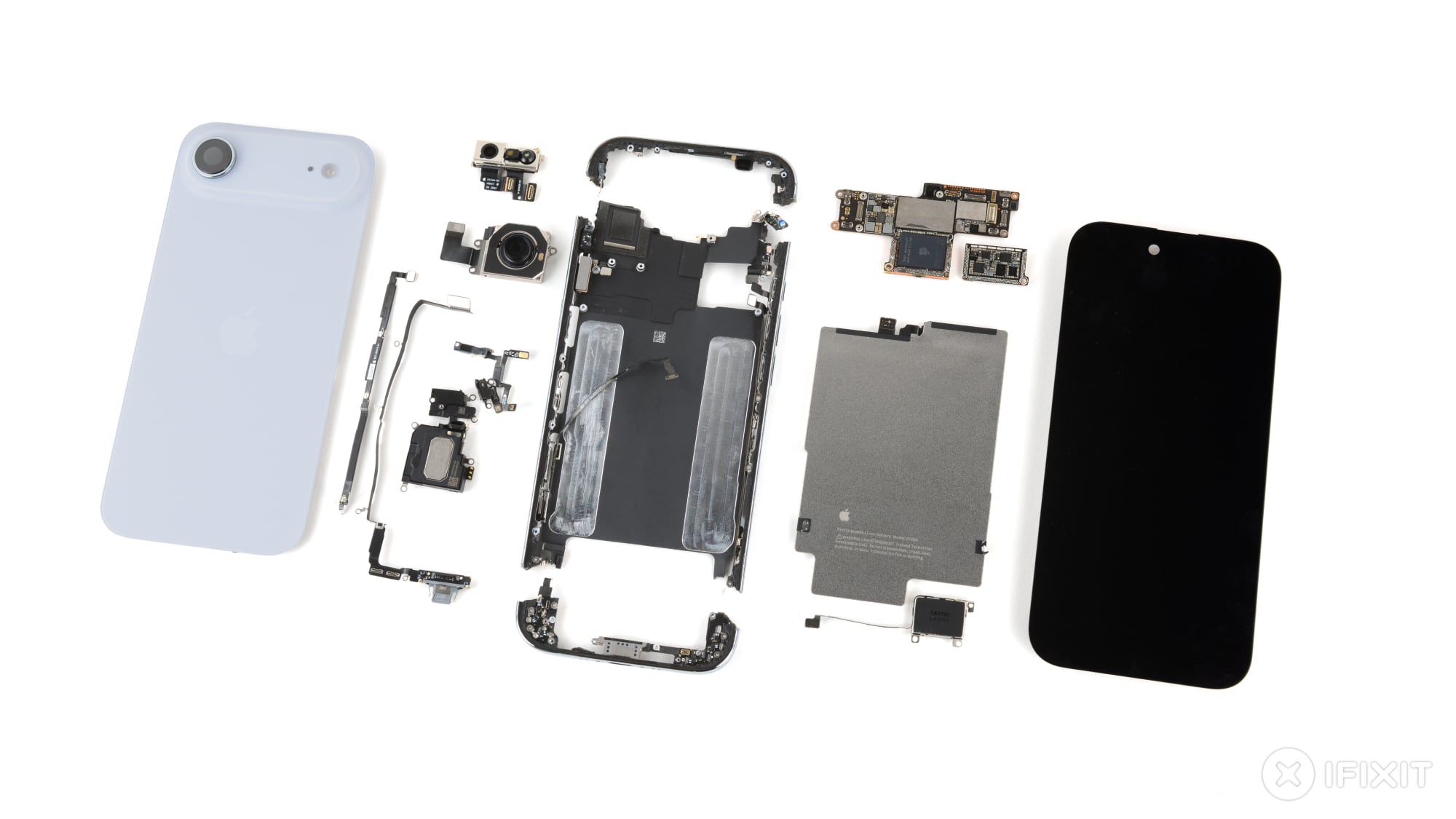With iOS 26, Apple introduces a new design language: Liquid Glass. This transformative UI delivers a slick, system-wide visual overhaul that gives iPhone elements a dynamic, translucent quality. Liquid Glass is a fresh new look, but it’s been hogging the spotlight from some of iOS 26’s more compelling features. One is a legitimate game-changer if you love personalization and editing photos: Spatial Scenes. This new generative AI tool transforms your everyday photos into eye-catching 3D wallpapers you can use on your Home and Lock Screen. The new images react to your phone’s movements. After spending more hours than I care to admit tinkering with it, I can confidently say Spatial Scenes elevates iOS 26 to a must-have update.
Don’t miss out on our latest stories. Add PCMag as a preferred source on Google.
(Credit: Apple/PCMag)
Spatial Scenes Creates Amazing Wallpaper and Photo Imagery
I like the glassy look, graphical flourish, and customization options Liquid Glass brings, but not everyone is happy with it. Some complaints include poor text readability, confusion from blurred backgrounds, and even dizziness. Spatial Scenes, on the other hand, introduces plenty of iPhone customization, looks fantastic, and has few issues.
First, I tried Spatial Scenes to create custom wallpaper; you enable it by heading to the wallpaper customization menu and tapping the hexagonal badge. Spatial Scenes uses AI to analyze and create a depth map for virtually any photo with a clear subject. In testing, I found it works on almost any image, including portraits, illustrations, or an AI-generated image saved to my phone. The result was an absolutely stunning parallax effect. When I tilted my iPhone, the background elements shifted subtly behind the foreground elements in each image, creating a persuasive illusion of depth.
I transformed an old castle interior photo into a Spatial Scene, which added a cool layering effect to the pillars. Moving my iPhone made them slightly shift in 3D. As a Pokémon card collector, I love eyeballing the effects and textures applied to rare cards; Spatial Scenes scratches the same itch. Applying the visual effects quickly became an addiction, as I scoured my photos eagerly for images to enhance.

Get Our Best Stories!
Love All Things Apple?

By clicking Sign Me Up, you confirm you are 16+ and agree to our Terms of Use and Privacy Policy.
Thanks for signing up!
Your subscription has been confirmed. Keep an eye on your inbox!
That’s the other great thing about it; you can also use Spatial Scenes in the Photos app. The same hexagonal badge appears under the More button in the Photo app for any compatible image in your library. I tapped the badge on one, and my iPhone generated a fantastic Spatial Scene in a literal second. The results were near-magical. Much like Android’s Cinematic Wallpapers, I spent hours browsing through my Photo app, breathing new life into older photos and making old memories feel new again. It’s worth updating to iOS 26 for this feature alone.

(Credit: Apple/PCMag)
A Few Growing Pains
iOS 26 is only a few days old, so as I expected, I experienced a few hiccups while tinkering with Spatial Scenes. It works well with most photos, but not all. For example, the option was unavailable for a low-angle photo I snapped of a castle flanked by trees. Images incompatible with Spatial Scenes lack the hexagonal badge icon. It didn’t surprise me because this photo had no outstanding foreground elements. Finding one I couldn’t transform into a beautiful 3D picture was a bummer, but close to 95% of my photo library was compatible.
Recommended by Our Editors
Another minor gripe: Apple is still a bit controlling in displaying your Spatial Scene image as a wallpaper. When converting a photo into a wallpaper, Apple automatically adjusts and zooms the image for an optimal view. However, sometimes this cuts off more of the image than I would like—but if I zoom out to get a better view, my iPhone deactivates Spatial Scenes to accommodate it. It’s a little irritating that it works this way. I would love to see Apple loosen its grip so that I could freely customize my photo as a wallpaper in all its depth-enhanced glory, rather than how Apple wants me to use it.

(Credit: Apple/PCMag)
Spatial Scenes is the “wow” factor that pushes iOS 26 customization to the top as its most impressive feature. It even beats Android’s Cinematic Wallpapers, thanks to its more dynamic motion and lifelike quality. The eye-popping holograph effect complements the translucent new Liquid Glass elements, making your Home and Lock Screens look spectacular. If you love personalizing your phone, download iOS 26 and give Spatial Scenes a try. I’ve been hooked since installing the new mobile operating system and don’t see an end to my 3D photo creation. And I’m eager to see how Apple expands upon the image-enhancing technology in the future.
About Our Expert

Gabriel Zamora
Senior Writer, Software
Experience
In 2014, I began my PCMag career as a freelancer with the company’s Software team. That blossomed into a full-time position in 2021, and I now review email marketing apps, mobile operating systems, web hosting services, streaming music platforms, and video games as a Senior Writer on the Apps and Gaming team. I’m a Hunter College graduate, a hard-core gamer, and an Apple enthusiast.
Read Full Bio










